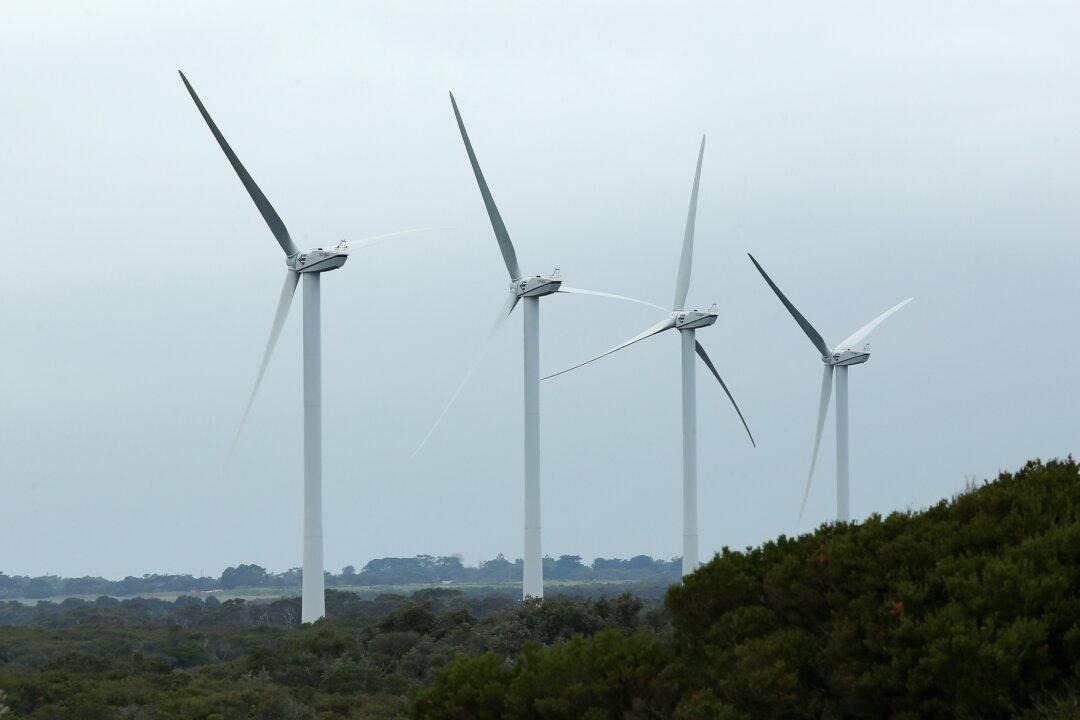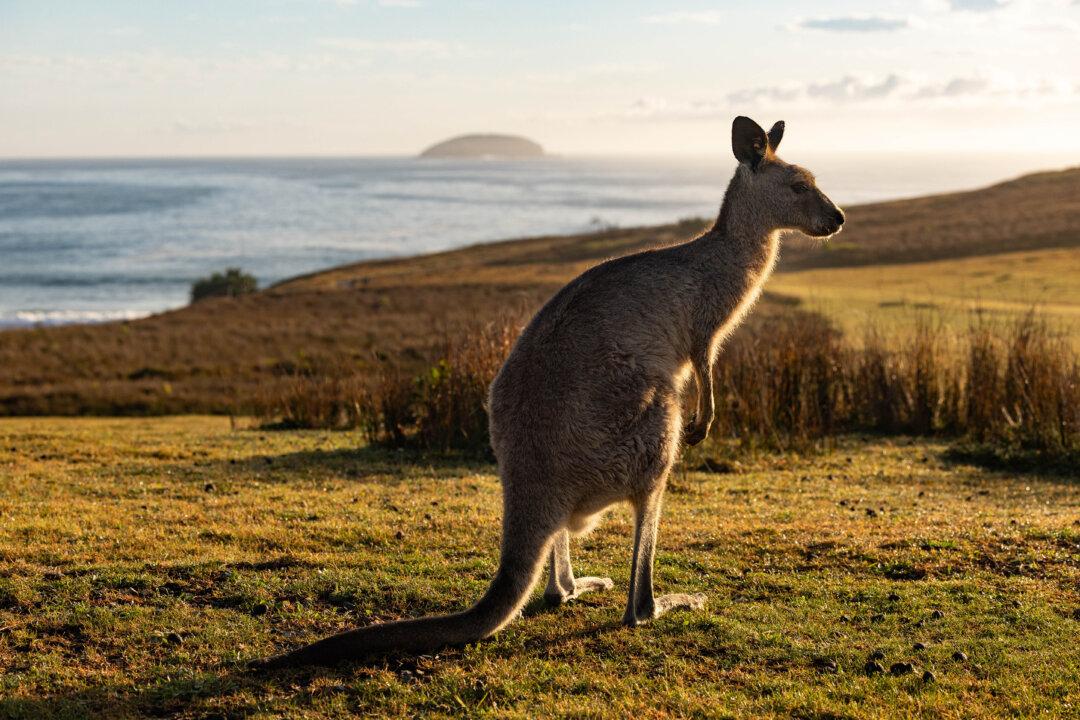Uber has stepped up its net zero transition in Australia by striking a deal with Chinese automaker Build Your Dreams (BYD) to increase the presence of electric vehicles (EVs) in the country.
How the New Deal Works
Under the agreement, Uber drivers and delivery people can get access to BYD electric cars via a number of “flexible and competitive” financing options.At present, drivers can only apply for full ownership of the vehicle through a longer-term financing arrangement or rent it for a specified minimum period.
However, Uber has announced that more flexible rental and ownership options will be available in early 2024.
The partnership initially offers the BYD Atto 3 model to program participants, with the option for drivers to access other BYD cars when they become available in Australia.
Dom Taylor, the general manager of Uber Australia and New Zealand, said the new agreement with BYD would make EVs more affordable for Australian drivers.
“Through our new partnership with EVDirect, we are addressing that challenge head-on.
“Our goal is to provide drivers and delivery people a range of flexible options that make it easier than ever to get behind the wheel of an EV.”

Furthermore, he noted that in the third quarter of 2023, EVs accounted for over 1.2 million Uber rides, with the number of EVs operating on the platform increasing to around 2,400 from less than 100 in 2021.
Meanwhile, Luke Todd, the CEO of EVDirect, the official distributor of BYD in Australia, said the EV program would help drivers save money.
“What excites me the most is the amount of money drivers and delivery people can save by switching to electric, given the number of kilometres that they drive each day.”
New Fully Electric Uber Service
At the same time, Uber announced the launch of Comfort Electric, a fully electric service for its business customers.From Oct. 25, Uber for Business customers in Sydney, Melbourne, Perth, Brisbane, the Gold Coast, and Adelaide can request a ride with drivers who own an EV.
While the initial rollout is only available to a small number of customers, Uber plans to expand the service in the coming months.
Huge Environmental Impacts of EVs
While big companies and climate change activists are pushing for more EVs to “protect the environment,” many areas worldwide are facing significant environmental challenges due to increased lithium mining activity caused by rising demand for EVs.Currently, lithium, the main ingredient of EV batteries, is primarily extracted from heavily drought-affected or arid regions of the United States, Australia, Chile, Argentina, Bolivia, Mexico, Canada, and China.
As the lithium extraction process consumes around 500,000 gallons (1.9 million litres) of water for each metric ton of mineral extracted, there is massive pressure on the water supply in those regions.
Furthermore, many lithium projects require the draining of critical groundwater to extract the minerals from the ground, which could deprive those areas of essential water resources for decades or even centuries.
The water issues have sparked fierce protests from local communities in many countries where lithium projects are operating.







